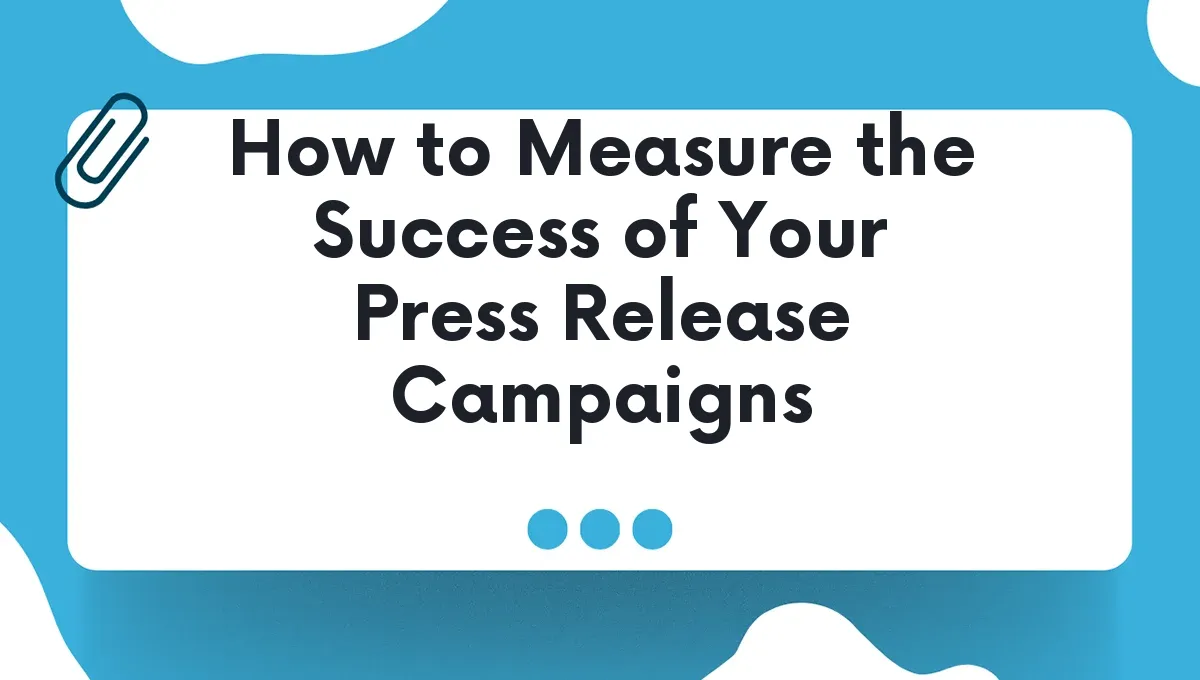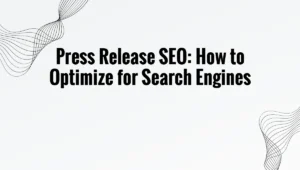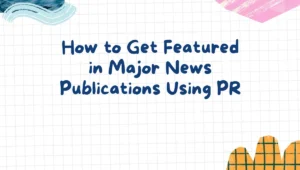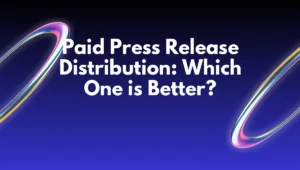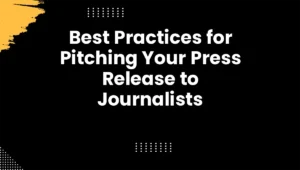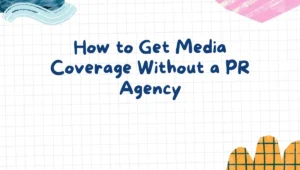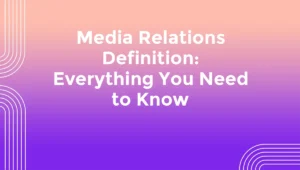In the fast-paced world of public relations,a well-crafted press release can be your golden ticket to capturing attention and driving engagement. Whether you’re launching a new product, announcing an exciting partnership, or sharing a pivotal organizational milestone, the impact of your press release campaign is critical to your brand’s narrative. But how do you gauge the success of such an endeavor? Measuring the effectiveness of your press release campaigns goes beyond counting clicks and mentions; it requires a multifaceted approach that examines reach, engagement, and conversions. In this article, we’ll explore the key metrics and strategies to assess your press release impact, providing you wiht valuable insights to refine your interaction efforts. Join us as we delve into the art and science of measuring success, equipping you with the tools to elevate your PR initiatives and maximize your outreach through MillionairePR.
Understanding Key Metrics for Press Release Impact
Within the realm of press release campaigns,tracking key metrics is essential for gauging the effectiveness of your efforts. Analyzing these indicators can shed light on how well your message resonates with your audience. Some of the most important metrics to monitor include:
- Impressions: The total number of times your press release was displayed across various platforms.
- Engagement Rate: The percentage of readers who took action, such as clicking links or sharing the press release.
- Conversion rate: The rate at which your press release drives specific actions, such as sign-ups or purchases.
- Media Coverage: The quantity and quality of media outlets that picked up your press release.
Understanding these metrics not onyl highlights the reach of your campaign but also identifies areas for betterment. By diving deeper into the data,you can uncover valuable insights that inform your future content strategies.consider using a table to compare metrics over different campaigns for clearer visualization:
| Campaign | Impressions | Engagement Rate | Conversion Rate |
|---|---|---|---|
| Launch of Product A | 10,000 | 15% | 5% |
| Company Event | 8,500 | 20% | 3% |
| Partnership Announcement | 12,000 | 10% | 4% |
Engaging Your Audience: Tools for Measuring Reach and Engagement
To truly understand the impact of your press release campaigns, leveraging the right tools is essential. Numerous metrics can definitely help you gauge both reach and engagement effectively. Using analytics platforms can offer insights into how many people have viewed your press releases, where they are accessing them from, and how they interact with your content. Consider the following tools for comprehensive measurement:
- Google Analytics: Track website traffic and user behavior to assess the impact of your press releases.
- Social Media Analytics: Monitor shares, likes, and comments across various platforms where your press release is distributed.
- Email Metrics: Evaluate open rates and click-through rates for email campaigns featuring your press releases.
Along with these tools, creating a feedback loop with your audience can further enhance your understanding of engagement.Engage with your audience directly through social media polls or feedback forms to gauge their thoughts about your content. By compiling data and insights into a cohesive report, you can easily identify patterns and trends over time. Here’s a simple table to summarize different types of engagement metrics you might want to track:
| Metric | Description | Significance |
|---|---|---|
| Impressions | Total views of the press release. | Indicates reach. |
| Social Shares | Number of times the release was shared. | Reflects engagement and interest. |
| Comments | Feedback received from readers. | Measures direct engagement. |
Analyzing Media Coverage and Backlinks for Enhanced Visibility
Evaluating media coverage is critical for understanding the impact of your press release campaigns. Start by tracking the articles and mentions generated by your releases across various platforms, including online newspapers, blogs, and social media. A detailed analysis can definitely help you identify which messages resonate best with your audience. Focus on assessing the following metrics:
- reach: The total audience size exposed to your message.
- Engagement: The level of interaction such as shares, comments, and likes.
- Sentiment: The overall tone of media coverage—positive,negative,or neutral.
Backlinks are another essential component in measuring your campaign’s success.Each backlink not only drives traffic but also enhances your website’s authority in search engine rankings. To maximize visibility, consider analyzing the quality and relevance of backlinks generated from your press release. Create a simple table to keep track of valuable backlinks obtained:
| Source | link Quality | Domain Authority |
|---|---|---|
| Example Blog 1 | High | 85 |
| News outlet A | Medium | 75 |
| Industry Portal B | High | 90 |
By monitoring these parameters, you not only gauge the efficacy of your press release campaigns but also adapt future strategies to strengthen your outreach efforts and cultivate a robust online presence for your brand.
Iterating Your Strategy: Learning from Data to Refine Future Campaigns
Once your press release campaigns have run their course, the next crucial step is to dive deep into the metrics and data collected. This analysis not only validates your efforts but reveals valuable insights that can enhance future campaigns. By employing tools that measure metrics such as open rates, click-through rates, audience engagement, and media coverage, you can identify which aspects of your strategies resonated with the audience. Consider documenting your findings in a manner that allows for easy reference and comparison over time, so you can pinpoint trends and shifts in effectiveness.
After gathering and analyzing the data, it’s essential to refine your approach based on the insights gathered. focus on a cyclical process where data-driven decisions lead to improved messaging, targeting, and distribution methods. Implement A/B testing to explore different angles of your releases and hone in on the most impactful ones. Some key areas to explore include:
- headline Variations: Test different headlines for engagement levels.
- Timing of Releases: Analyze when your audience is most responsive.
- Industry-Specific Targeting: Identify which sectors generate the most interest.
| Metric | Q1 Result | Q2 Result |
|---|---|---|
| open rate | 24% | 28% |
| Click-Through Rate | 15% | 18% |
| media Coverage | 10 Articles | 15 Articles |
The Conclusion
measuring the success of your press release campaigns is not merely a matter of tracking numbers; it is about understanding the story those numbers tell. By analyzing engagement metrics, audience reach, and the overall impact on brand reputation, you can gain valuable insights into what resonates with your audience and refine your future strategies. Remember,each press release serves as a building block in your communications narrative,and the effectiveness of your campaigns can pave the way for deeper connections with your audience.
As you move forward, embrace the art of measurement as a tool for growth and improvement. Each campaign is an opportunity to learn, adapt, and refine your approach. So, take these insights, iterate your strategies, and share your brand’s story with confidence. The world is eager to listen—make sure you’re speaking their language and measuring the dialogue along the way. Happy measuring!
